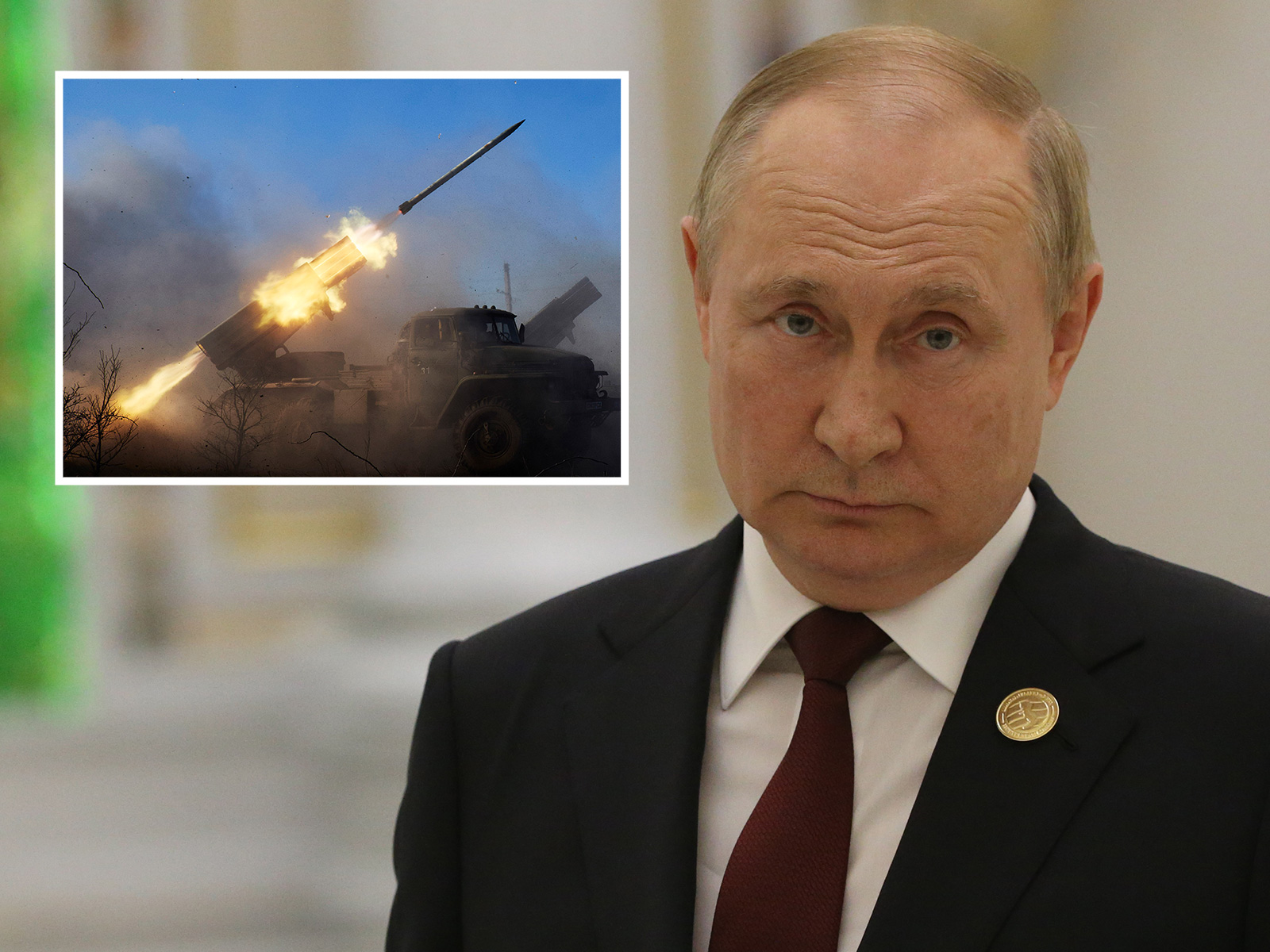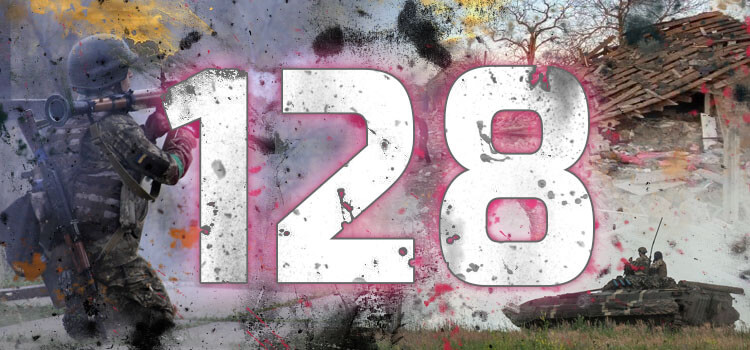"Russian attacks on residential areas near Odesa kill at least 19"
Naked war criminals now, like zombie orcs. This needs a strong response. If I was Commander of Div Arty, I'd have my locating troops getting good location data on every single element that participated in the Odesa attack...
...and send my personal regrets to their mothers at home.
The bulk of attacks on Ukrainian cities at this point are launched from naval ships or from aircraft. The stock of Russian surface to surface guided missiles has pretty much been used up. A number of missiles hitting cities now are anti-shipping missiles repurposed because the navy is running out of other missiles.
I'm sure the Ukrainians are doing everything they can to nail the ships firing missiles, but it's not easy. Some of the missiles are launched from the Caspian Sea and most of the missiles launched in the Black and Azoz seas are from ships that keep out of range of Ukrainian anti-shipping missiles.
The ideal thing would be a few western frigates, but that would take a lot of training for the Ukrainians. And they would also need to be fully trained and equipped in air defense because any ships the Ukrainians deploy will be immediate targets for the Russians.
Apparently the trickle of HIMARS (High Mobility Rocket Systems) making their way to Ukraine has been very effective on the battlefield.
So far 4 have been put into action from the US with 4 more en route (reported to be delivered by middle of this month), 3 en route from UK, and 3 en route from Germany. US confirms they are being used with deadly accuracy and power, inflicting heavy losses against Russia when used.
During the NATO summit, $800 million additional funding was promised from the US, including more ammunition for the HIMARS.
The Pentagon's top civilian official and former CIA strategist Michael Vickers says Ukraine needs 60-100 HIMARS or similar systems and that there are "plenty available that could be supplied at minimal strategic risk."
Besides firing long-range guided munitions, the wheeled HIMARS trucks have the advantage of speed. Not only can they drive quickly to a firing point, they can program targets while en route, launch their rockets singly or in a ripple of all six within a minute, and reload far faster than anything in use by the Russians.
With 200 pounds of high explosives in each rocket, a HIMARS salvo can rival the devastating effect of an airstrike from a jet loaded with precision-guided bombs.
Advanced U.S. Arms Make a Mark in Ukraine War, Officials Say
I read Norway is sending a few too.
60-100 HIMARS is quite a few units. I think that's more than is active in the US Army today. I think it was Mark Hertling who wrote about how many MRLS systems are in active service with the US Army today and it was surprisingly small. Though the US has many other arms to call on the Ukrainians don't have like a large number of aircraft capable of striking on a moment's notice.
The M270 and M142 are the most difficult weapons systems in the US inventory to keep supplied from a battlefield logistics point of view. They suck up ammunition at such a staggering rate that the poor logistics people have to work their tails off to keep them supplied.
In a war of attrition, keeping the strength of your troops up and keeping a steady flow of replacement equipment is what makes the difference. The Ukrainians have at their disposal the inventories if many nations. All the equipment has been well maintained as well as the munitions. The Ukrainians have 1/3 the population of Russia, but they went for full mobilization day 1, while Russia has been held back by a broken conscription system and a structure of laws to keep the poor sots who are drafted from rioting.
Russia has a lot of reserve equipment, but most of it has been poorly stored and maintained. The dud rate on their artillery is amazingly high because a lot of it has expired. Russia is struggling to rehab equipment from the reserve and make it combat ready. As a result they are deploying some of the oldest tanks fielded by a major power in history.
The T-62 is ancient, I think the last one was built in 1968. Old weapons can still be effective long past their original life expectancy. The US is still operating B-52s which is just as old, but the US has updated those planes and completely rebuilt them a number of times.
The two sides have been roughly matched. The Russians can bomb Ukrainian cities pretty much at will, but that does very little strategically. Russia's pointy end of the spear on land has been blunted many times and they are throwing untrained people into the front lines who get killed at a staggering rate.
The losses for Russia are concentrated regionally. Few Russians from Moscow or St Petersburg are dying because those people rarely get drafted. There are some provinces that have taken staggering losses. Additionally the LPR and DPR have seen a large segment of their male population killed or badly wounded.
The losses for Russia and Russian allies (like the DPR and LPR) could end up having a localized effect like the Paraguayan War of 1864-1870 had on Paraguay. Paraguay got into a fight with Brazil, Argentina, and Uruguay. It went so disastrously for Paraguay that 2/3rds of its population were killed and 90% of the men. The losses of men in the LPR and DPR could reach into that range which would make those regions very unstable. Paraguay is still feeling the effects of that war today.






/cloudfront-us-east-2.images.arcpublishing.com/reuters/2O4BGBUUWBP2FDDLNUHQ6G5XXQ.jpg)


